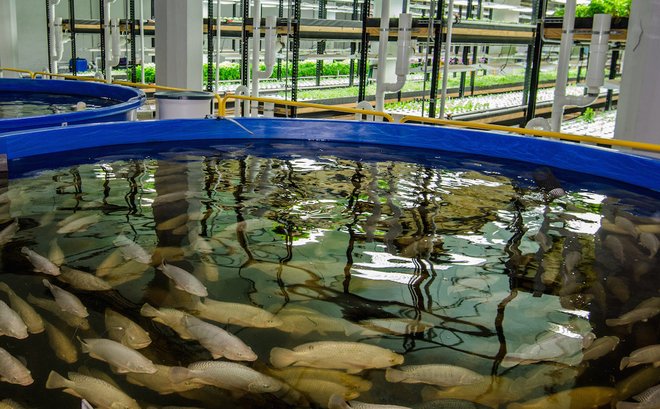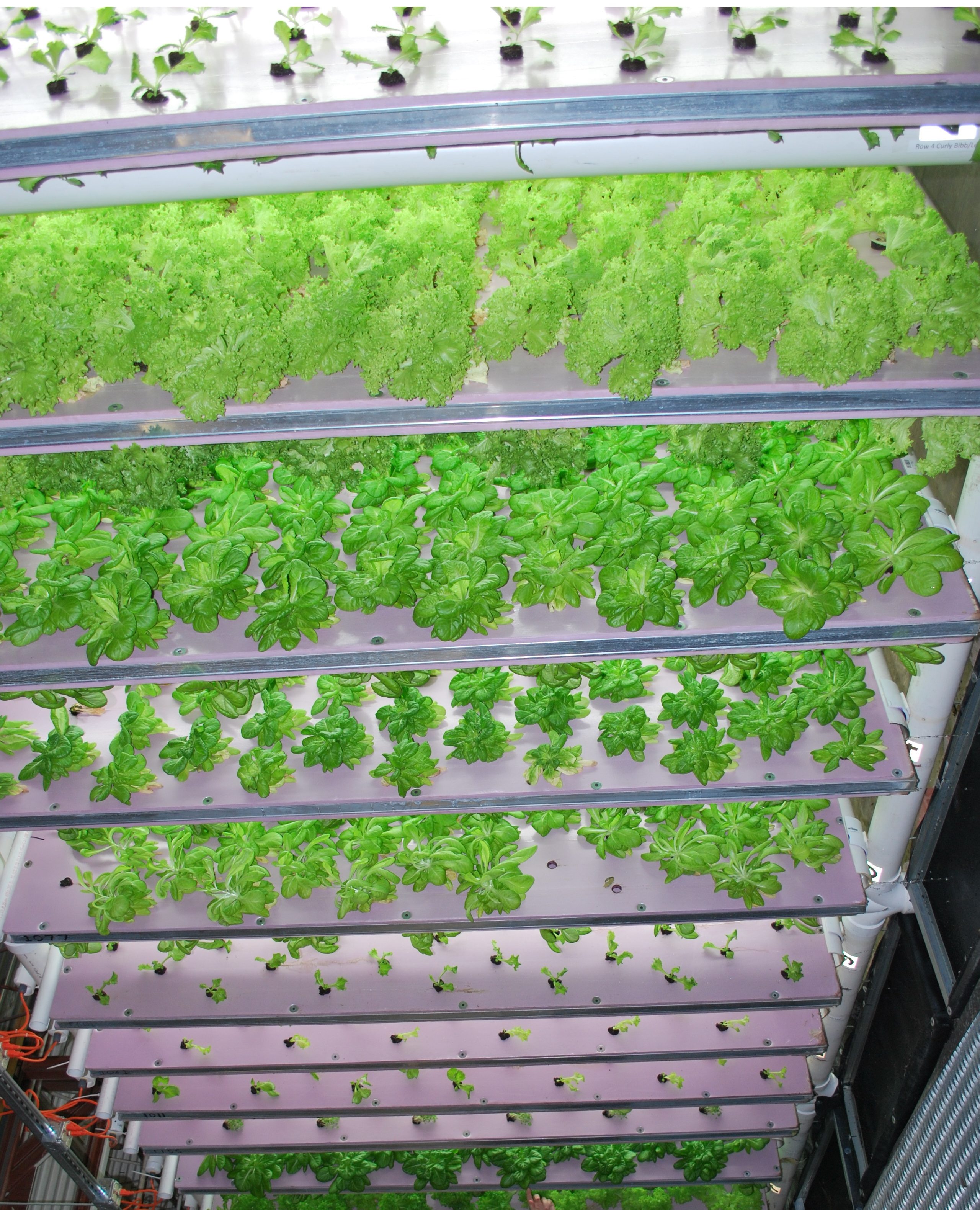
Minnesota is a strong agriculture state known for supporting farm-fresh groceries and farmer’s markets. But one Minnesota city was recently given the not-so-great honor of ranking in the top 9 food deserts in the United States (as reported in this Newsone article).
Before we discuss which of our cities earned this dubious honor, we’ll first explain what a food desert actually is.
A food desert, as defined by the USDA, is an area that is “vapid of fresh fruit, vegetables, and other healthful whole foods.”
The area must have at least 500 people, and/or 33% of the population per the last census, that is not within 1 mile of a supermarket or large grocery store (in urban areas) or within 10 miles (in rural areas). In a nutshell, this means that the population of an area does not have access to a large diversity of whole foods in the form of fruits and vegetables.
This situation effects 23.5 million Americans.
And the city that made it on to the top 9 food deserts in the United Stats was Minnesota’s very own
drum roll please
Minneapolis.
Food deserts cover nearly half of the city of Minneapolis. (Across the river, St. Paul fares slightly better with only 1/3 of its area identified as a food desert). A study in 2009 found that 36 percent of grocery stores in Minneapolis did not have any fresh produce and the remaining 64 percent had limited produce available for purchase.
But there is good news as well.
One solution to this issue is the use of aquaponics to grow fish and plants in urban areas. Minnesota is already home to a large scale operation run by Urban Organics, working in partnership with Pentair: They have taken over a portion of the old Hamm’s Brewery building, and a portion of the Schmidt Brewery, and turned them into huge aquaponics farms.
 The system is simple: Plants are grown in the same water tanks that fish are also grown in. The waste from the fish feeds the plants as fertilizer, and the plants filter the water for the fish in a symbiotic coexistence that benefits each in their own ecosystem.
The system is simple: Plants are grown in the same water tanks that fish are also grown in. The waste from the fish feeds the plants as fertilizer, and the plants filter the water for the fish in a symbiotic coexistence that benefits each in their own ecosystem.
Farming through aquaponics uses only 2% of the water normally used in conventional farm techniques. Which is awesome. Another benefit of this method is that fish and plants can be grown year round: Farm fresh protein and plants grown locally that can be sold to local businesses be it a restaurant or a grocer during long and harsh winter where nothing grows outside. Which is also awesome. The goal of the partnership between Urban Organics and Pentair is to group 275,000 pounds of fish, and 400,000 pounds of produce a year.
Read more: Aquaponics project takes root in Minnesota
In Minnesota there isn’t just the Urban Organics farm. There is also Garden Fresh Farms, mentioned in this article, in Maplewood that is growing fish and plants for local businesses such as Whole Foods. This operation produces 40,000 fish and 460,000 plants a year with the use of a dozen 1,500 gallon tank. They also are growing 1,100 lettuce plants on vertical panels (picture above), 40 pounds of basil a day, as well as thyme, oregano, and watercress.
The other major aquaponics company in Minnesota is Tru Shrimp, which is building a training facility, hatchery, two harbors, and a processing plant in northern Minnesota.
We discuss this expansion in depth here: Shrimp farming in Minnesota? Yep, you betcha.
With these new technologies gaining steam, and the ability to grow in an urban setting (without acres and acres of land), the future of food looks bright: If companies continue to utilize aquaponics, the idea of a food desert and communities struggling to access fresh produce, etc. may become a thing of the past.
















